Release time:2022-11-18
When it comes to ground-fault circuit-interrupter, or GFCI, outlets, there is always a question as to how to connect the wires. This is because GFCIs have two different sets of terminals: the LINE terminals and the LOAD terminals. When you connect only to the line terminals, the outlet provides GFCI protection only for itself. When you connect to both the line and the load terminals, the outlet protects itself and any additional outlets farther down on the same electrical circuit.
The line connection is the point where you will connect the incoming feeder wire (also called the line), which is fed from the home’s electrical service panel. The line connection is used for all GFCI outlet installations. The circuit's hot wire (typically colored black or red) connects to the black or brass-colored screw terminal marked LINE. The white neutral wire connects to the silver-colored screw terminal marked LINE.
The markings for line and load usually are printed on the back of the outlet's plastic body. The line terminals are easy to see because they are not covered when you remove the outlet from the manufacturer’s packaging.
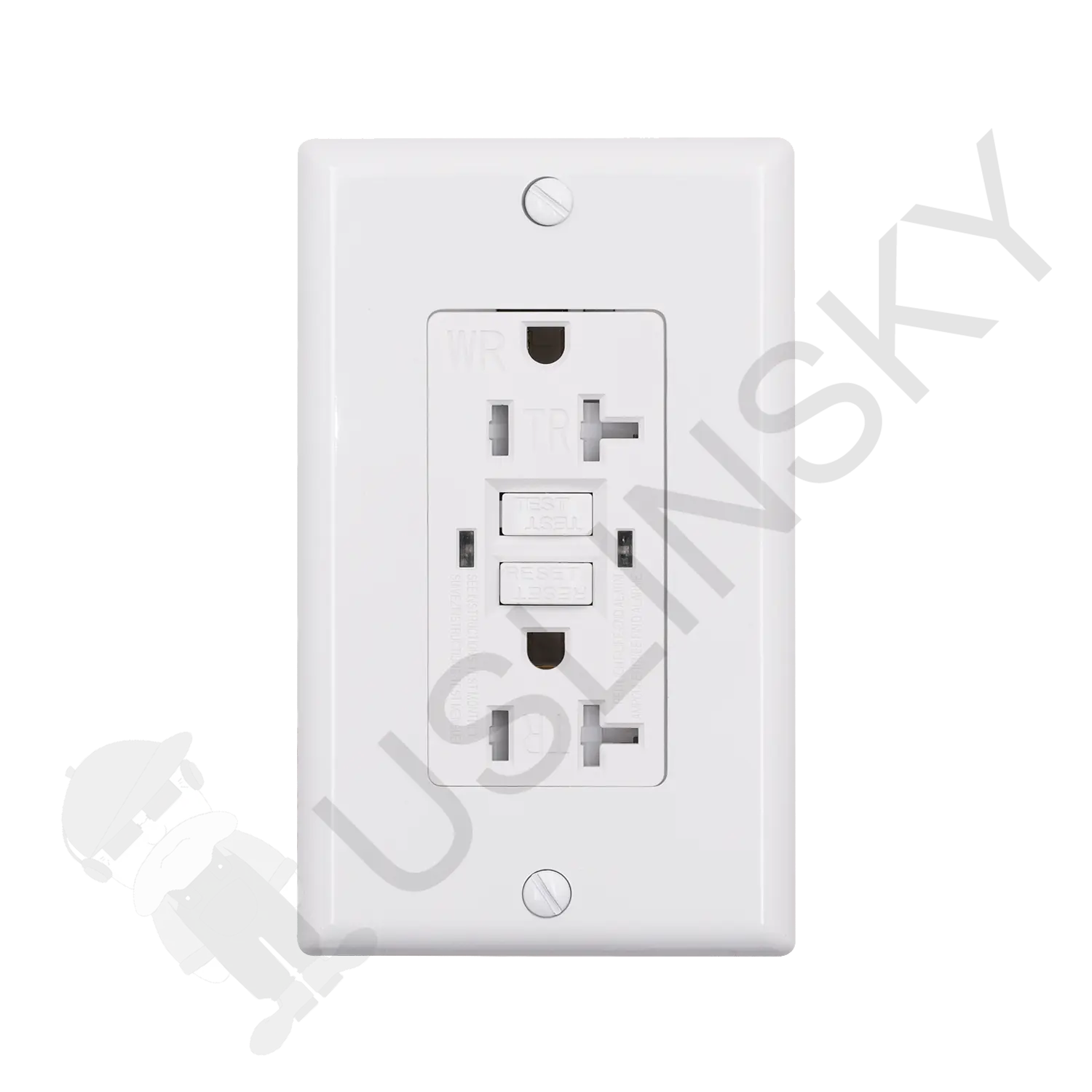
The load terminals typically are not visible when you pull the GFCI outlet out of its package because they are covered by a strip of tape (usually yellow in color). The load connection is available to feed additional standard (non-GFCI) outlets downstream from the GFCI location to provide protection from the GFCI. In other words, any regular outlet that is fed from the load side of the GFCI is also protected from a ground fault because of the GFCI outlet.
The benefit of this is to reduce cost because you have to purchase only one GFCI when running additional outlets on the same circuit, instead of buying a GFCI for every outlet. Standard outlets are much cheaper than GFCIs. The downside is that when there is a ground-fault condition with any of these added outlets, the GFCI outlet then trips. If the GFCI is located at quite a distance away or in another room or outside, it can be inconvenient to reset the GFCI and restore power to all of the outlets.
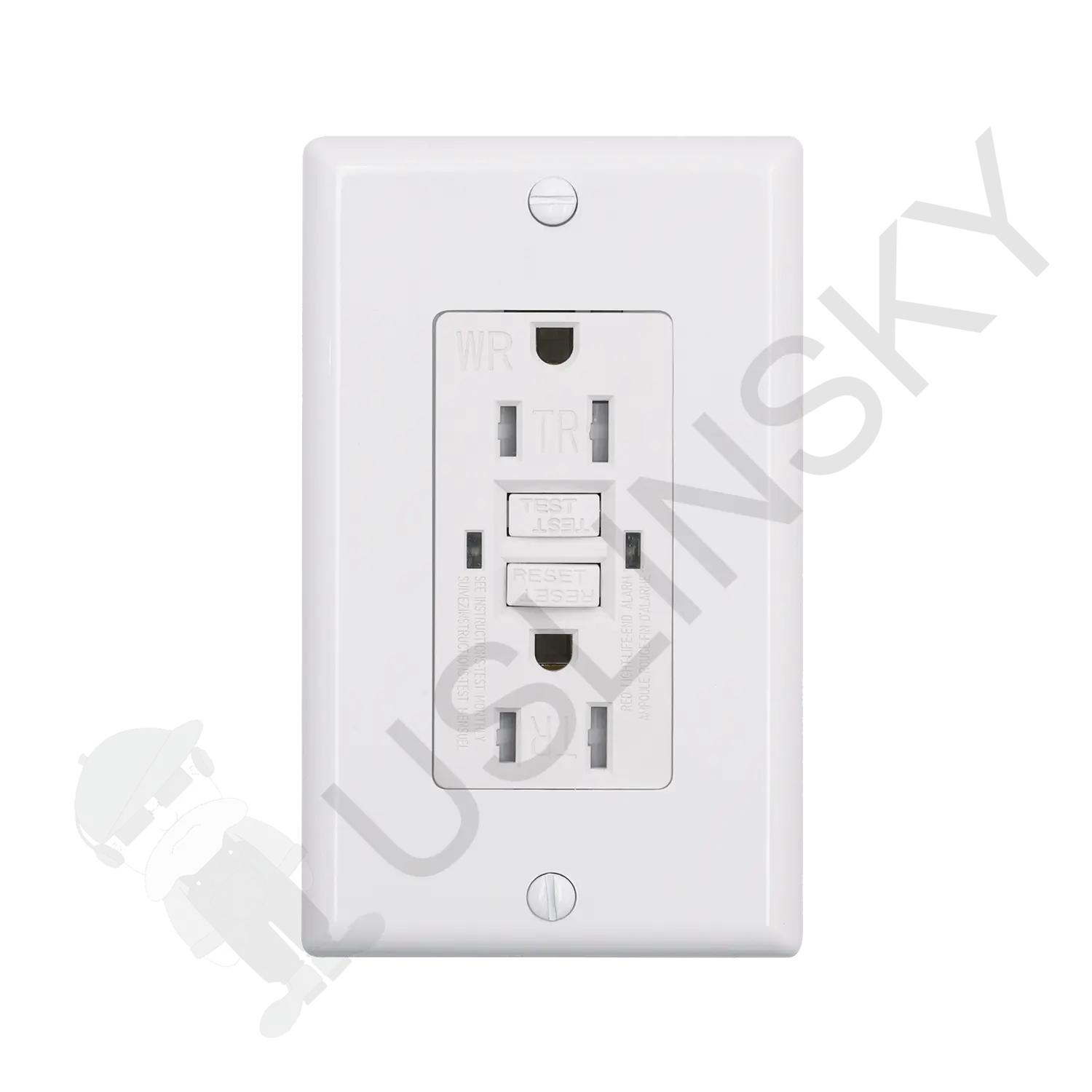
Using the load connection requires two cables in the GFCI's electrical box. One is the line cable that connects to the GFCI's LINE terminals. The other cable connects to the LOAD terminals to bring power downstream to additional outlets and other devices on the circuit. As with the line connections, the hot wire of the load cable connects to the black or brass terminal on the outlet. The neutral wire connects to the silver terminal.
Note that when using the load connection, the GFCI protects only the other outlets that are downstream of the GFCI; that is, farther away from the service panel with respect to the circuit wiring. Often outlets (particularly in high-usage or high-moisture rooms, such as kitchens) are protected when the first outlet on the circuit is a GFCI, and the rest are protected from that point on. (In other words, additional breakers past that point on the same circuit are unnecessary.) Additional outlets installed between the GFCI and the service panel are not protected by the GFCI.

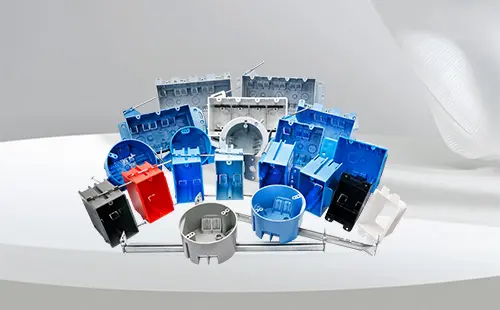
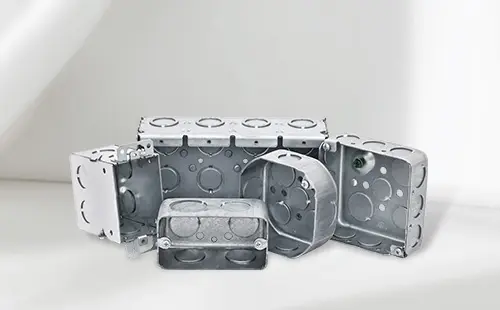
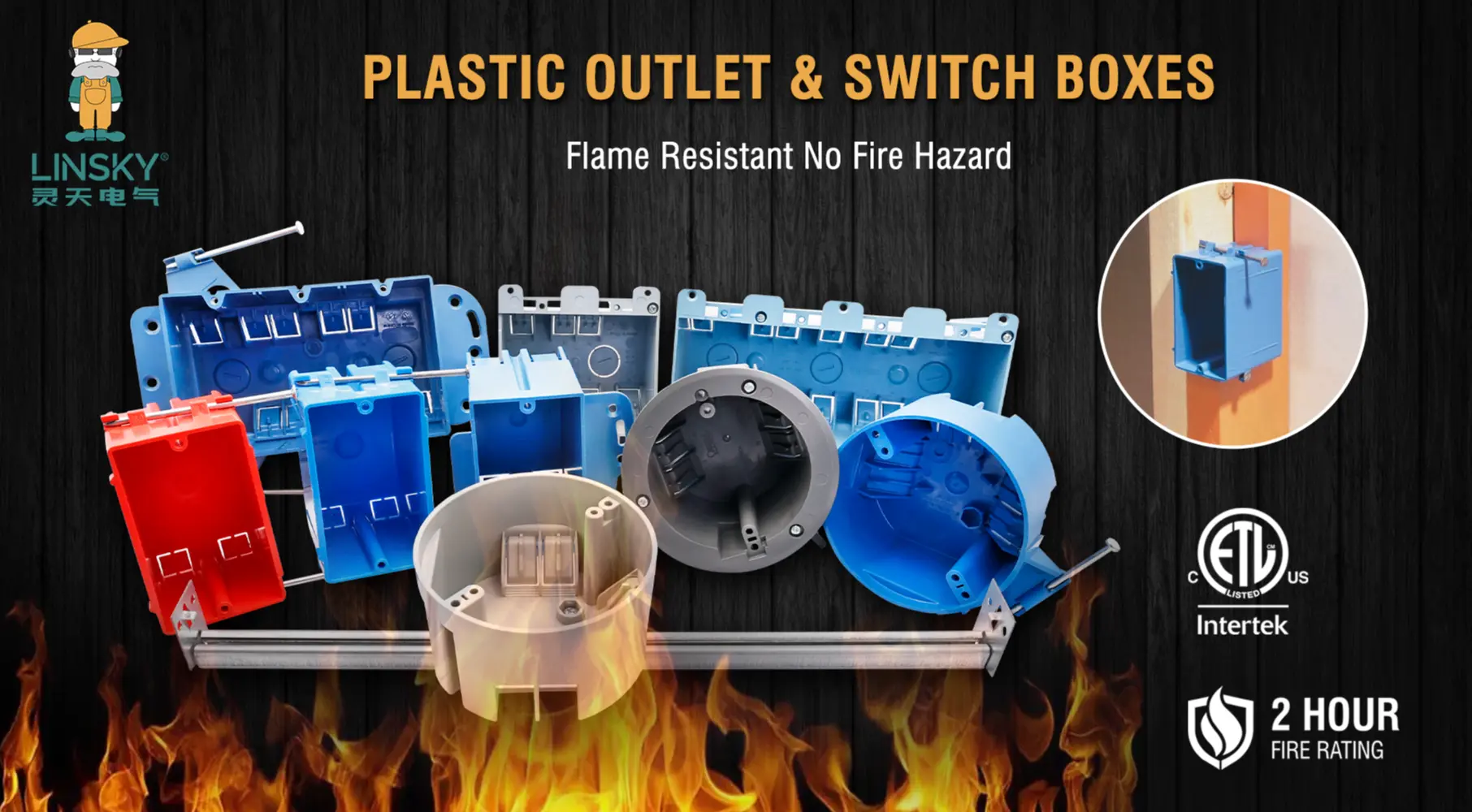
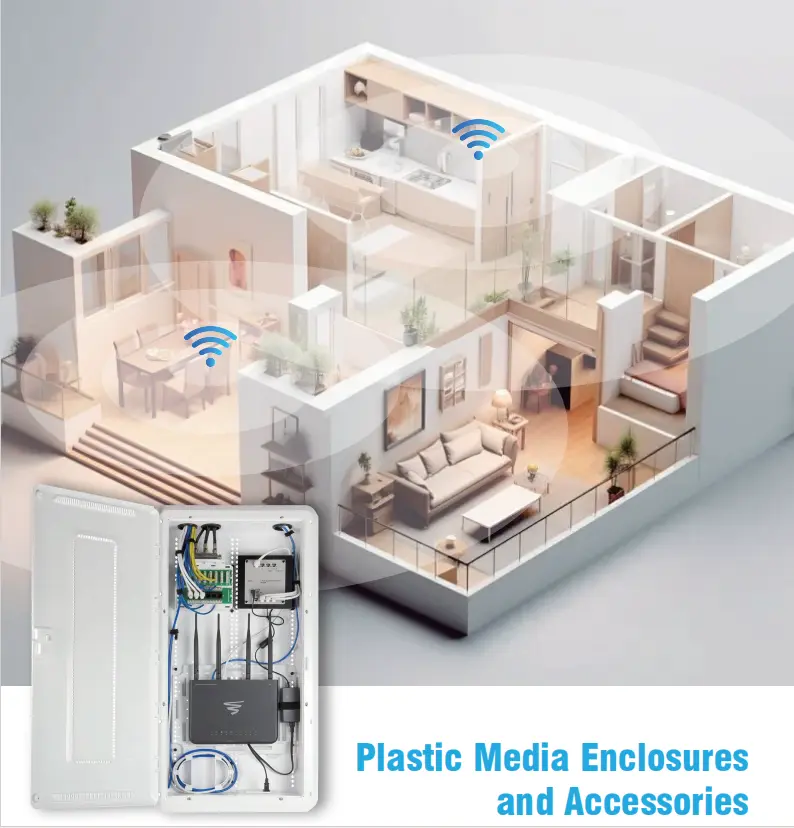

Shanghai Linsky Electrical Co., Ltd.
+86 21 6710 7908
Info@shlinsky.com
Office Add:Room 1002,#2 Building,Phoenix Creativity Valley,Lane 1588 Huhang Highway, Fengxian,SH
Factory Add:#29,Lane 1888 Daye Highway,Fengxian,SH
Copyright © Shanghai Linsky Electrical Co., Ltd.

Here you can send us an inquiry concerning general questions
about LINSKY.
Our site uses cookies to provide you with a better onsite experience. By continuing to browse the site you are agreeing to our use of cookies in accordance with our Cookie Policy.
I AcceptOur site uses cookies to provide you with a better onsite experience. By continuing to browse the site you are agreeing to our use of cookies in accordance with our Cookie Policy.
I Accept